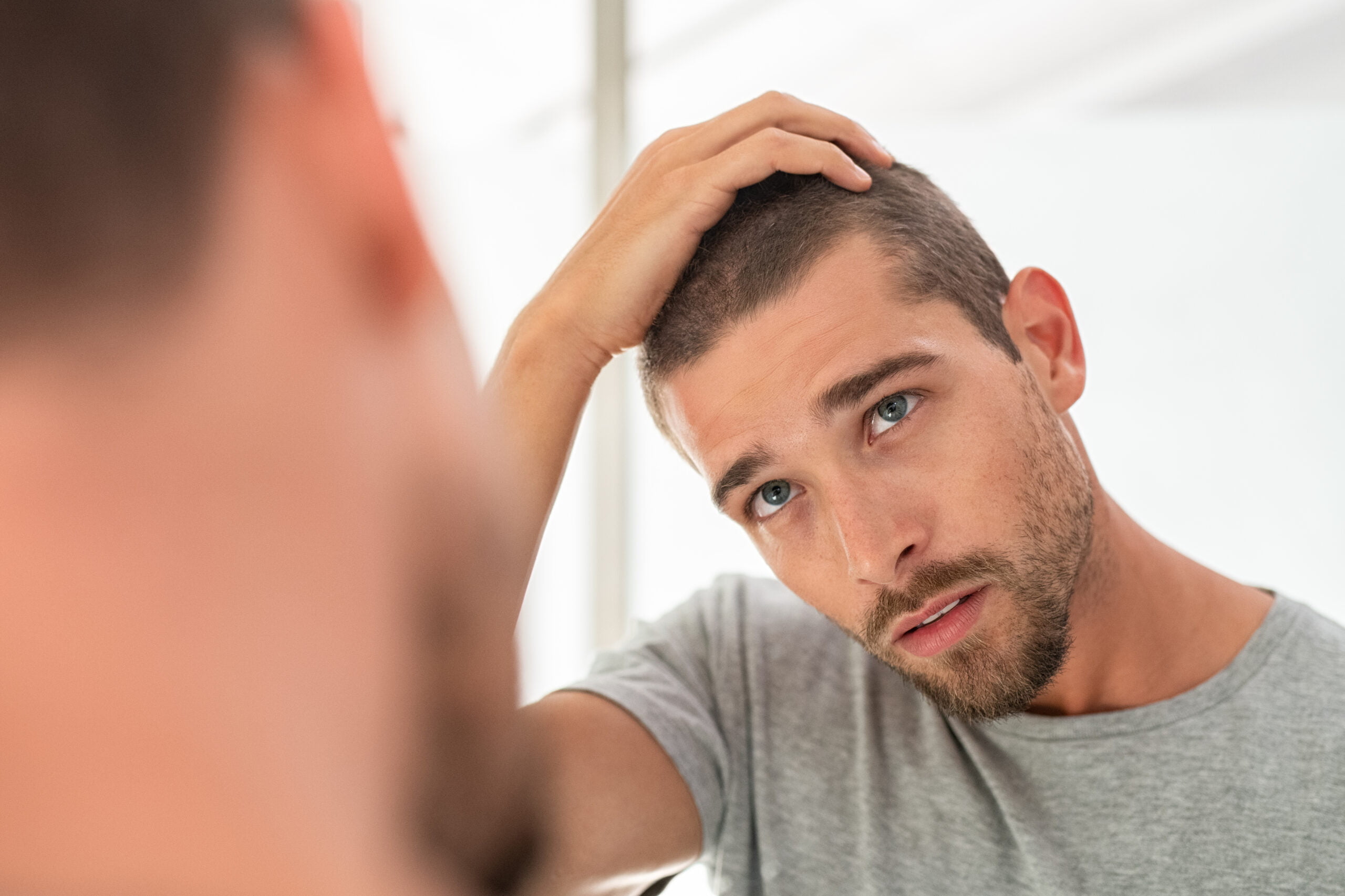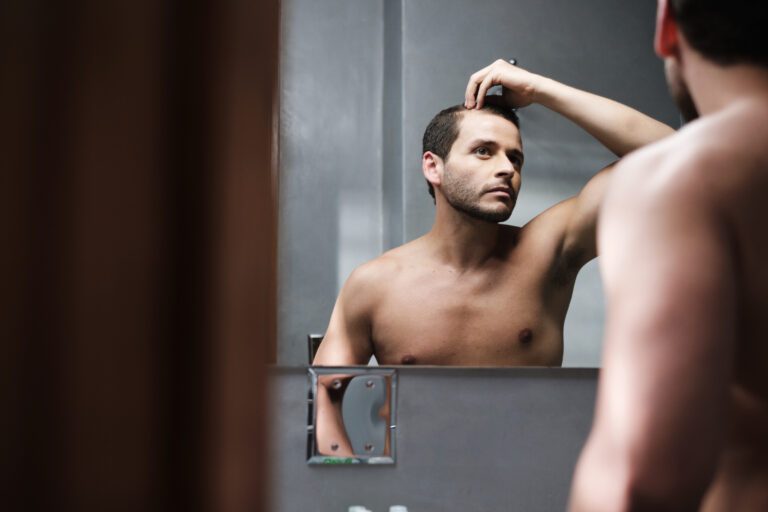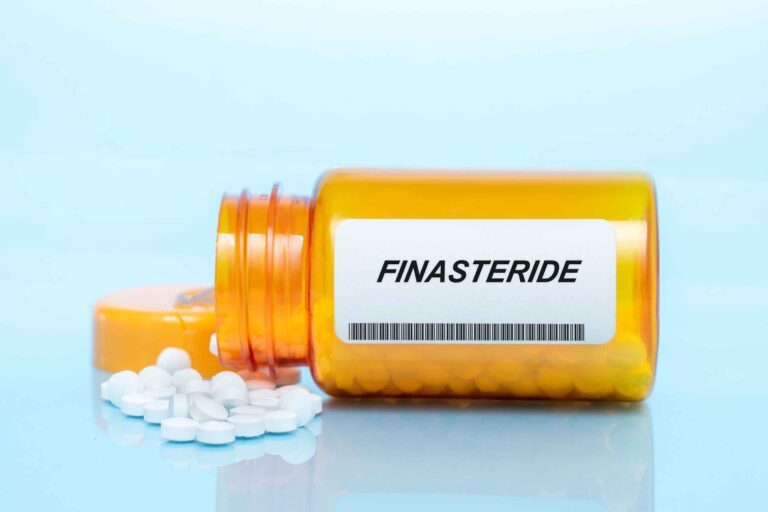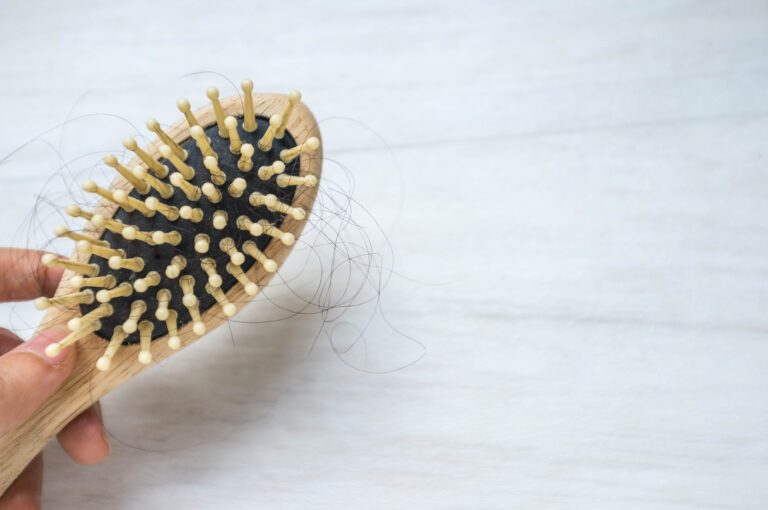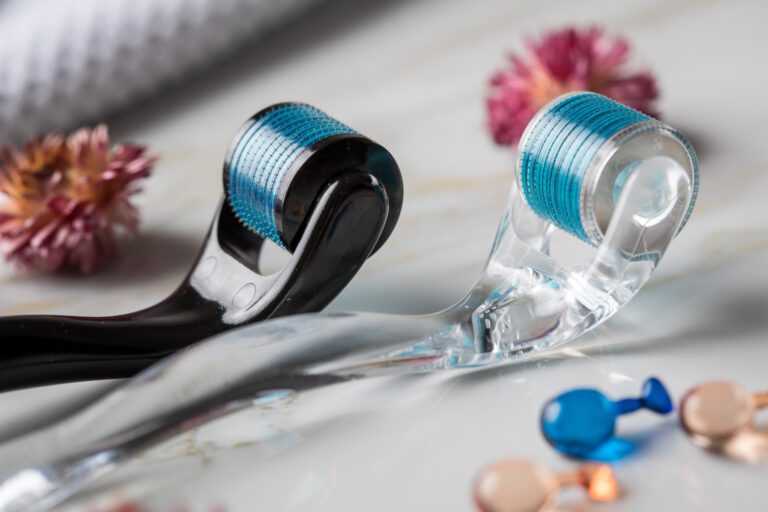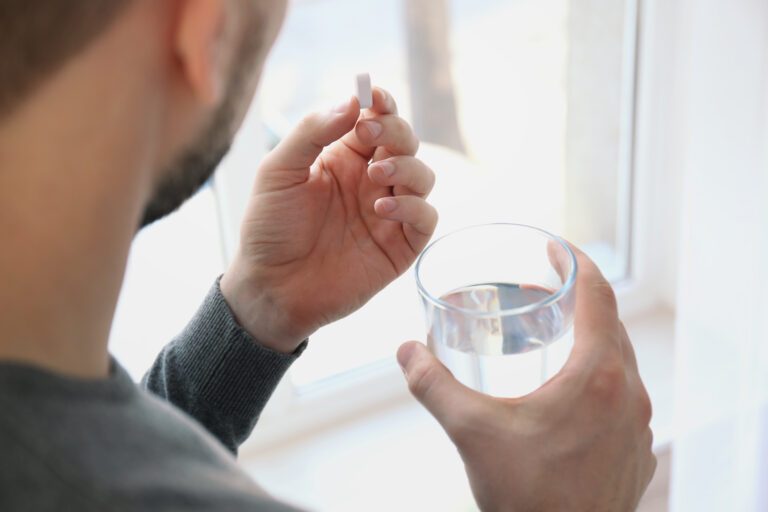How Long Does Finasteride Take To Work & To See Re-Growth?
Vin Diesel and Dwayne Johnson rock their bald hair with confidence and style. But if you’re not up for embracing the look, you can save your locks with finasteride.
Finasteride is an FDA-approved treatment for male pattern baldness. It isn’t a miracle pill that can deliver instant results, but it’s highly effective if you give it some time.
So, how long does finasteride take to work? Find out when you’ll see regrowth while taking finasteride so you can manage your expectations and decide on your treatment plan.
How Long Does Finasteride Take to Work?
Finasteride starts working the minute your body absorbs it. It blocks activity from an enzyme that changes testosterone into another hormone called dihydrotestosterone (DHT).
DHT causes hair follicles to shrink and stop producing new hair. Along with other genetic factors, increased DHT contributes to androgenic alopecia (male pattern hair loss).
Finasteride slows down hair loss and stimulates the scalp by reducing DHT levels. However, you shouldn’t expect to see results overnight. Hair growth takes time and goes through a lengthy multi-phase cycle.
How Long Does Finasteride Take to See Regrowth?
First, let’s get one thing straight; finasteride doesn’t reverse male pattern baldness. However, it offers plenty of promise for men struggling with hair loss.
Studies suggest you’ll start noticing results in 3–4 months of taking finasteride daily. However, sometimes, you won’t see the effect until six or months.
Some improvements may include the following:
- Less shedding
- Stabilized hair loss around the hairline and on the crown area
- Noticeable increase in hair thickness and density
As your hair follicles heal from the damage caused by DHT, it can take about 6–9 months to experience the full outcome of finasteride. After that, you’ll see even more visible improvement with continued use.
Keep in mind that you’ll need to take finasteride religiously to continue enjoying its benefits. Once you stop, DHT formation will resume, undoing all your hair growth progress.
In general, finasteride works best at preventing further hair loss. Although many men have achieved hair regrowth with the medication, that’s not always the case for everyone.
Since the severity of male pattern baldness varies, having realistic expectations is essential before starting your treatment.
How Long for Propecia to Work
Propecia, which is a brand name for finasteride, takes at least three months to start working. You should also see significant improvement around 6–9 months.
Although individual results may vary, consistent use as prescribed by a doctor is crucial to achieving the best possible outcome.
How Do I Know if Finasteride Is Working?
Shedding is a normal part of the hair growth cycle, so you’ll still lose hair while taking finasteride. This doesn’t mean the medication isn’t working.
Finasteride will continue to inhibit DHT production, preventing extra hair from falling out. So, the first thing you’ll notice is reduced shedding.
You may also find that the state of your hair has stabilized. In other words, you’re neither growing new hair nor losing strands beyond the normal amount.
It’s also possible to experience hair growth in areas where thinning is previously noticeable. In one study, photographic evidence shows an improved appearance of the hair shaft, resulting in thicker hair density.
Finasteride is effective for hair loss and thinning, but not for areas with complete hair loss.
How to Get Improved Results While Taking Finasteride
Daily finasteride intake may not restore your hair to its former glory, but it can stop or slow down hair loss.
Fortunately, you can get better results from using finasteride with the help of these tips:
- Use in Combination With Minoxidil
Minoxidil is an over-the-counter topical medication for hair loss. It works by increasing blood flow to the scalp to promote hair growth.
Experts believe that minoxidil fast-tracks the transition of hair from the resting phase (telogen) into the growth phase (anagen). When hair is resting, it stops growing but doesn’t fall out either.
Minoxidil not only shortens the telogen phase but also prolongs the anagen phase, delaying the aging of hair cells.
The potent combo of finasteride and minoxidil is proven effective at preventing hair loss. So, if you want to optimize the effect of finasteride, use topical minoxidil as a complementary treatment.
- Use Medicated Hair Products
Here are some ingredients you’ll want to look for in shampoos and other hair products:
- Ketoconazole: It’s a triple-threat active ingredient that cleanses the scalp, prevents dandruff, and disrupts DHT production.
- Saw Palmetto: It’s a DHT-blocker that may improve hair quality in men with alopecia.
- Biotin: It’s a water-soluble vitamin that can strengthen hair strands.
- Niacin: Also known as vitamin B3, it stimulates blood circulation in the scalp.
- Phyto-Caffeine: It suppresses the effects of testosterone in the hair follicles.
Remember, be gentle with your hair and avoid harsh products, like gel or hair spray.
- Manage Your Stress Levels
Scientists suggest that the stress may cause hair follicles to enter the resting phase prematurely and for extended periods.
There are endless ways you can do to relieve stress, so find activities that work best for you. If you’re looking for suggestions, here are some stress-busting ideas:
- Engage in more physical activity.
- Practice self-care, like getting a massage or a relaxing hobby.
- Spend time with your family, friends, or pets!
- Eat a Healthy Diet
Although food doesn’t trigger or exacerbate hair loss, a balanced diet helps provide the body with essential nutrients for healthy hair.
Here are some of the most nutritious foods for hair growth:
- Avocado
- Eggs
- Fish rich in omega-3 fatty acids, like mackerel and salmon
- Green leafy veggies, such as spinach and kale
- Nuts
- Beans
Final Thoughts
Backed up by tons of studies, finasteride is the most effective hair loss medication on the market today.
But how long does finasteride take to work? You can expect to notice regrowth after 3–4 months—and sometimes six or more months—of daily use. After a year, you’ll see more significant improvements.
The waiting game can seem too long, but remember that consistent use is the key—plus lots of patience! And remember that stopping your doses can undo all your progress within 12 months.
If you’ve been taking finasteride for a year without visible results, seek professional help. A certified hair loss specialist can tell you whether to continue your treatment or explore other alternatives.

